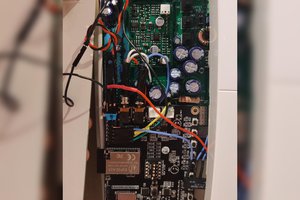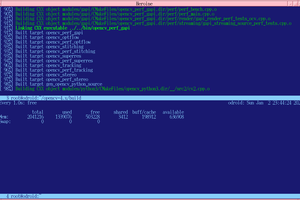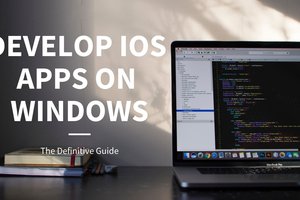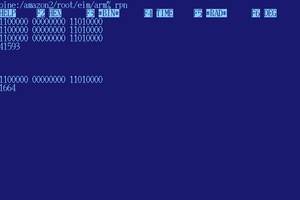It most likely needs to run inside a black box on top of Android. Networking needs to be tunneled to a server at home. Sound & frame buffer go to the Android Java calls.
Ironically, the lion kingdom now believes a truly mobile UNIX box depends on simplifying the GUI, rather than increasing the amount of eye candy as the commercial trend has done. At minimum, an interface for use outdoors needs to be black text on a white background.
Having used vi & some more graphical text editors on Android, vi was the easiest to use. Its mane problem was the lack of keys on the popup keyboard. The keyboard was much more reliable & accurate for selecting text & positioning the cursor than pointing. The most mobile interface might actually be purely keyboard input. A more reliable pointing device might be using part of the touch screen as a trackpad rather than pointing directly at the GUI. Instead of a popup keyboard, maybe the keyboard could overlap the entire screen using some level of alpha blending & an alternate font which allowed the screen & keyboard to be read when they overlapped.
 lion mclionhead
lion mclionhead

 Pierluigi Zagaria
Pierluigi Zagaria

 spencerkrit78
spencerkrit78